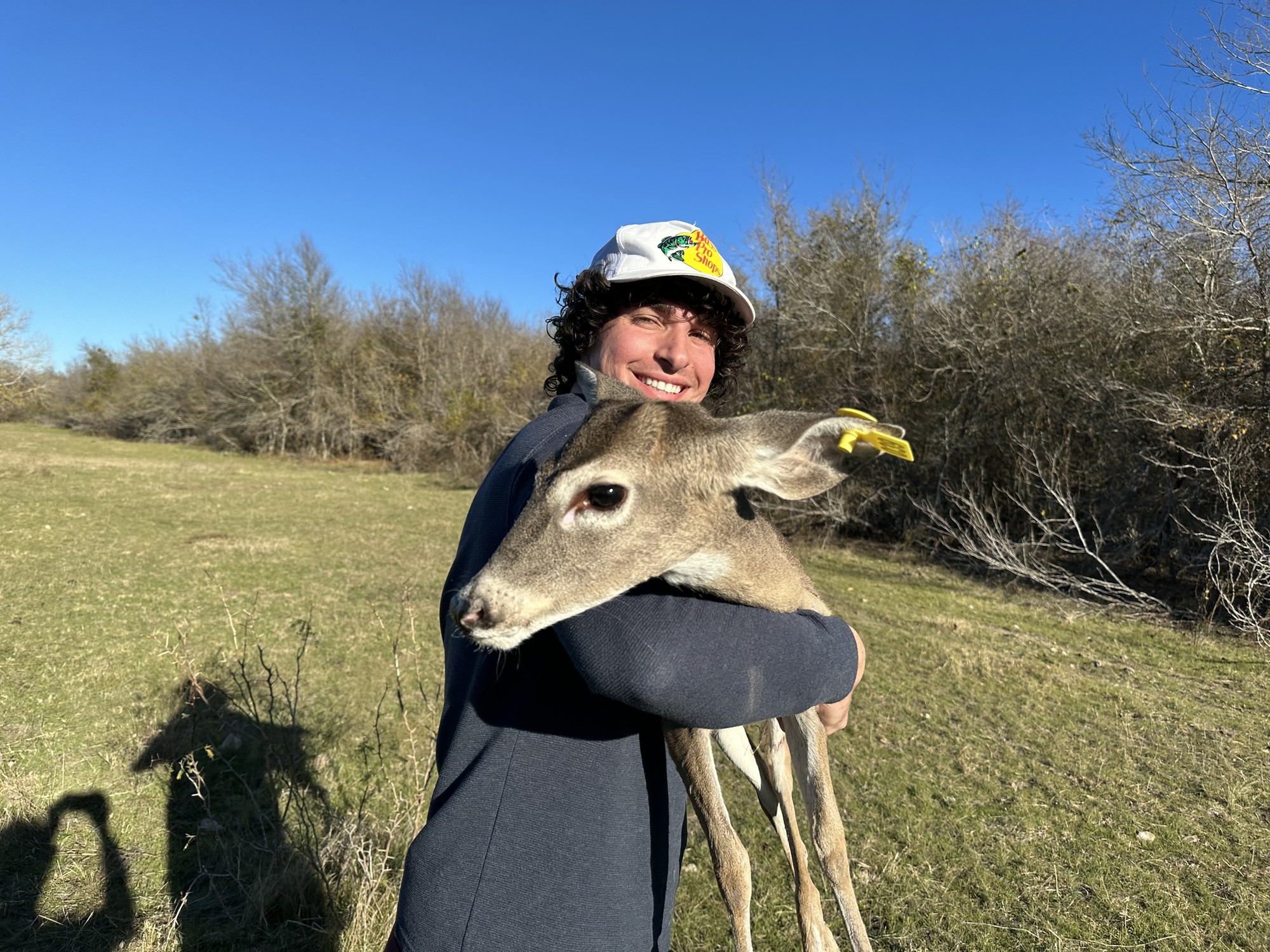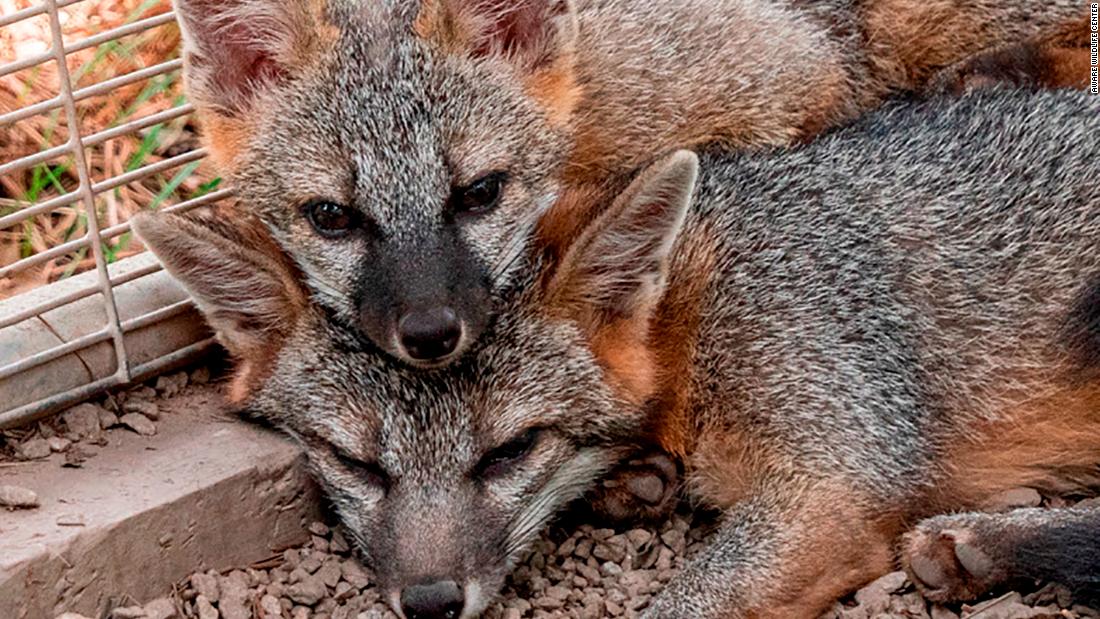Comprehensive Solutions for Wildlife Removal Burlington: Safeguarding Your Home
Wiki Article
Common Difficulties and Solutions in Urban Wild Animals Removal Efforts
Urban atmospheres existing unique challenges for wildlife monitoring specialists tasked with eliminating or taking care of wildlife populations. These obstacles often intersect with honest factors to consider, lawful frameworks, and the safety of both pets and human beings. Public resistance and mistaken beliefs better make complex these efforts, requiring ingenious, non-lethal remedies and durable community outreach. Comprehending the complexities included in city wildlife elimination is critical for creating techniques that balance human safety and security with wildlife well-being. What approaches have verified most efficient, and exactly how can communities be better involved to sustain these efforts? This discussion looks for to discover the elaborate balance needed for effective urban wild animals monitoring.Ethical Wild Animals Administration
Attending to the complexities of moral wild animals administration requires an equilibrium between human passions and the conservation of wildlife ecosystems. In city setups, this balance comes to be significantly tough as human growth encroaches on wild animals habitats, resulting in constant human-animal communications. Moral wildlife management in these settings needs techniques that focus on humane therapy of pets while alleviating potential problems.One of the core concepts in ethical wild animals management is the avoidance of harm. This entails employing non-lethal approaches for wildlife removal, such as exemption methods that prevent animals from getting in human dwellings, or utilizing deterrents that guide them far from urban areas. Wild animals professionals are charged with using approaches that reduce stress and anxiety and injury to the animals, ensuring their welfare is thought about along with human safety.
It is important to assess the ecological duties of metropolitan wildlife and just how their elimination may affect local biodiversity. Inevitably, reliable honest wildlife monitoring includes collaboration in between preservationists, policymakers, and the public to sustain urban ecosystems.
Browsing Legal Restrictions
Navigating the legal landscape of urban wildlife elimination presents a complicated layer to the currently challenging task of honest wild animals management. These laws vary substantially throughout regions, demanding comprehensive understanding and compliance from those involved in wildlife monitoring - burlington wildlife rescue.One major difficulty is the consistent advancement of these legislations, frequently driven by ecological changes and social attitudes in the direction of wild animals preservation. As such, experts need to remain educated regarding existing legal criteria and forthcoming legislative modifications. Non-compliance can cause significant penalties, legal ramifications, and reputational damages.
Structure connections with wildlife firms and legal experts can give beneficial insights and guidance. Therefore, understanding and adhering to lawful frameworks is not just a procedural need however a basic element of lasting and accountable city wildlife monitoring.

Safety in Elimination Practices
Making sure safety and security in wild animals elimination practices is critical to shielding both animal and human well-being. A key problem in wild animals elimination is the possibility for injury or disease transmission to human beings, demanding the usage of personal protective equipment (PPE) such as safety glasses, handwear covers, and masks.
Safe removal techniques likewise consist of making use of humane catches designed to stop injury. These traps need to be regularly kept an eye on to make certain that animals are not left in distress. In addition, it is important to abide by guidelines that dictate the ideal handling, transportation, and release of recorded wild animals, guaranteeing that the animals are gone back to ideal environments where they can thrive without posing further dangers to metropolitan settings.
Furthermore, education and training for those associated with wildlife removal are essential. This guarantees that all events recognize the most up to date safety and security protocols and methods, consequently reducing the possibility of mishaps and advertising an unified conjunction between urban residents and wild animals.
Cutting-edge Deterrent Solutions
While safety and security in wildlife removal is important, stopping experiences with city wild animals through innovative deterrent services can substantially lower the demand for such treatments. Urban environments, with their abundance of food and shelter, frequently draw in wildlife like squirrels, raccoons, and pigeons, causing prospective problems. Innovations in innovation and layout have actually paved the way for reliable and imaginative deterrent techniques that reduce wildlife visibility without injury.One such option is making use of ultrasonic gadgets, which discharge high-frequency noises inaudible to humans yet undesirable for different wildlife species, driving them far from details areas. Furthermore, motion-activated sprinklers can hinder pets by stunning them with unexpected bursts of water, efficiently dissuading their return. These tools are specifically beneficial in securing gardens and green he has a good point rooms from foraging pets.

In addition, the assimilation of wise lights systems that adjust their illumination click for more and color can disrupt the nighttime activities of certain wild animals, decreasing their convenience in metropolitan settings. Physical obstacles, such as bird spikes and nettings, proceed to offer as sensible deterrents, stopping animals from nesting or roosting in unwanted locations. Stressing humane and eco-friendly approaches, these developments hold promise for lasting metropolitan wild animals management.
Neighborhood Education And Learning Initiatives
Recognizing the value of area education efforts is crucial in attending to urban wild animals obstacles efficiently. Such efforts play a significant function in cultivating coexistence between human beings and wild animals in urban setups by raising understanding and promoting responsible actions. Educating homeowners concerning neighborhood wild animals species, their habitats, and habits can lower misconceptions and fear, resulting in more educated choices regarding wildlife administration.Area education and learning efforts often include workshops, seminars, and outreach programs made to involve residents of any ages. These efforts can concentrate on useful guidance, such as securing waste containers, mounting bird-friendly frameworks, and preventing feeding wild animals, which aids protect against bring in pets right into city locations. By sharing knowledge concerning the environmental functions of wildlife, areas can move perspectives from checking out pets as nuisances to identifying their value within urban ecosystems.
Moreover, education and learning efforts can empower areas to take part proactively in preservation efforts. Homeowners who understand the relevance of wild animals preservation are most likely to sustain humane elimination methods and environment defense measures. Reliable neighborhood education calls for partnership in between regional authorities, wild animals professionals, and area leaders to establish customized programs that attend to specific metropolitan wild animals issues. Such cooperation makes certain that educational initiatives are both appropriate and impactful, fostering unified metropolitan settings.
Final Thought
Urban wild animals elimination calls for a complex strategy, addressing ethical management, legal compliance, and safety in removal practices. Employing innovative deterrent services and prioritizing non-lethal methods are critical for mitigating human-wildlife conflict. Community education and learning campaigns play a substantial duty in modifying assumptions and motivating conjunction by cultivating an understanding of wild animals actions and reducing attractants. Successful urban wildlife management depends upon collaboration amongst residents, specialists, and authorities, guaranteeing techniques that safeguard human safety and security while valuing wildlife welfare.Urban environments existing distinct difficulties for wild animals management specialists charged with handling or getting rid of wildlife populations. Understanding the intricacies included in urban wildlife elimination is important for More Help creating techniques that stabilize human safety and security with wildlife welfare.Browsing the lawful landscape of urban wild animals elimination offers a complicated layer to the already challenging task of honest wild animals management.While security in wildlife elimination is essential, preventing encounters with metropolitan wild animals with cutting-edge deterrent solutions can considerably minimize the demand for such interventions. Successful urban wildlife management hinges on collaboration among homeowners, specialists, and authorities, making certain approaches that guard human safety and security while valuing wild animals welfare.
Report this wiki page